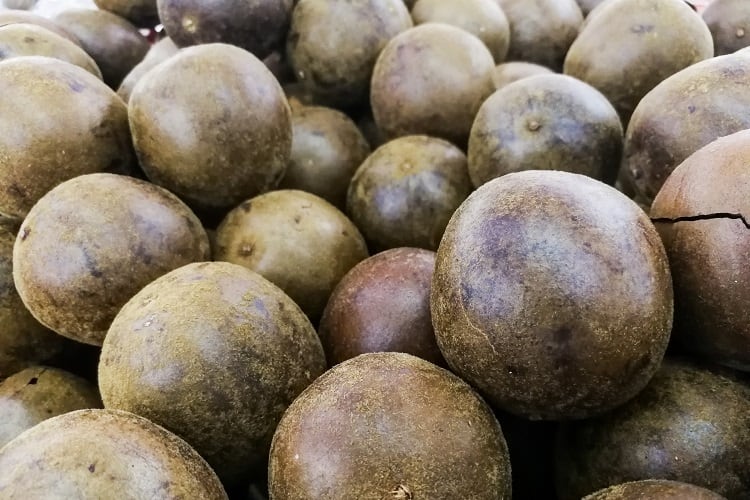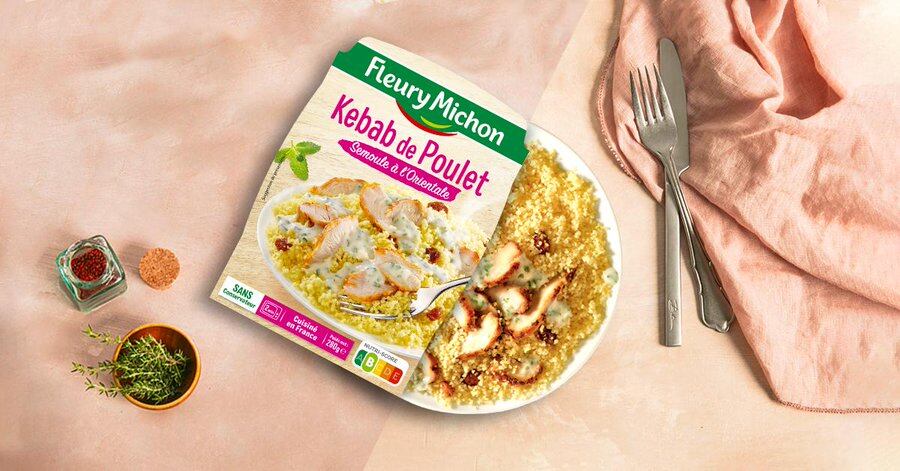With the end of the Veganuary phenomena approaching, now is the time for plant-based and vegan ranges to adopt cleaner labels, says Ed Keenan, head of process at Integrated Food Projects, which assists food and drink businesses with the development of their manufacturing capabilities and associated capital investment plans.
Veganuary inspired a swarm of veggie and plant-based NPD offerings from food brands and retailers. However, the health claims behind the plant-based trend are now being more closely scrutinised, with many voices questioning the long ingredients lists and additives used in many of these products.
How concerned should food companies be about a potential backlash from consumers away from the plant-based movement? “I don’t think a backlash is likely,” Keenan told FoodNavigator. “Consumers generally focus on one message at a time and the current message they are listening to is that they need to reduce their meat intake. Along with this, there is the perception that vegan means healthy, so they see it as a win-win.”
For now, many people simply want to reduce their meat intake, he said, and given the current environmental crisis, “that’s a pretty good place to start”. Meanwhile, if some plant-based ‘treat items’ are highly processed, then so what? “Many vegan fast food restaurants are actually embracing this unhealthy side recognising that vegans deserve treats also and marketing themselves as naughty options, and why not?”
‘Manufacturers are already making their plant-based products cleaner label products’
However, he concedes that as people become educated around the salt, fat and sugar content of some of the vegan alternatives, along with the fact that they don’t necessarily contain like-for-like nutrition, then questions may be raised around the health impacts of some of these products. “Also, they may focus on the number of ingredients and amount of processing.”
He continued: “It risks the credibility. The vegan trend will not end, but it does risk watering down the credibility of the message and reducing the uptake growth curve. Manufacturers are already making their plant-based products cleaner label products - five or fewer ingredients is the new focus for many of these manufacturers.”
What’s more, as the plant-based trend matures, consumers will continue to demand foods that mimic the taste and texture of real meat, but also its nutritional qualities. “People have learned that a healthy diet is a balanced diet, what many people expect is a replacement for meat on a like-for-like basis. They swap the meat for something else and expect it to contain all of the nutrition from the meat, and they are somehow surprised if it does not.”
New ingredient examples of this trend include C02-derived proteins being conjured up by the likes of US company Kiverdi and Finland’s Solar Foods. New recipes include ones from companies like THIS with its chicken and bacon alternatives or Freaks of Nature with its plant-based free-from desserts.
2020: year of the chervil?
However, the developing palates of flexitarian eaters will also open up opportunities for the industry to elevate existing vegetables to put centre plate.
According to Keenan, people want both new and exciting meat-free foods that mimic the real thing, and greater innovation with regard to putting vegetable options centre plate. “The current trending vegetable to put centre plate which is actually a fruit – watermelon, is predicted to be ousted from the top spot by root to tip greens such as Brussels sprouts.”
He is also predicting the ‘tarragon meets parsley’ tasting chervil to be the herb of the year 2020. “The Great British Chefs website as a whole is suggesting chervil is the new kid on the block for 2020, especially if the main supermarkets begin to stock it.”
Keenan’s final message to food brands is to listen to their customers. “Manufacturers can capitalise on trends by focussing on their efforts and listening to consumer needs.” Examples here include Bol Foods and Vivera, former meat companies that now focus on plant-based products.





